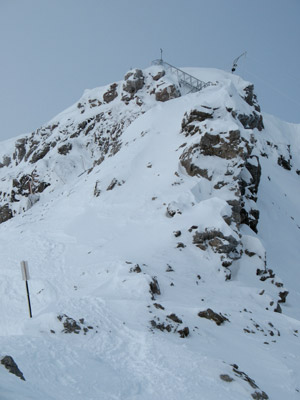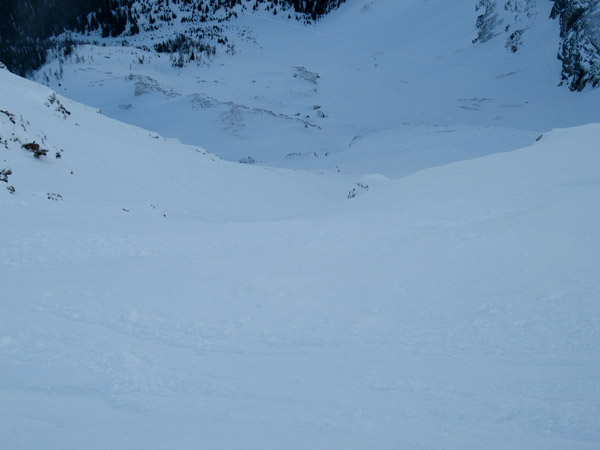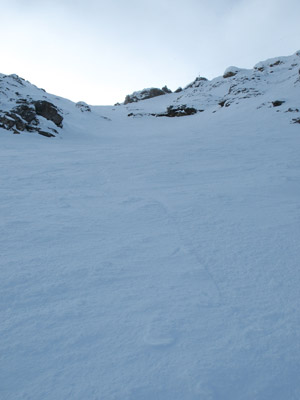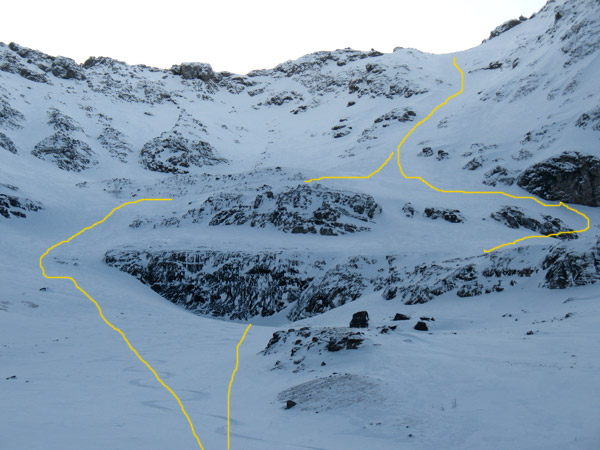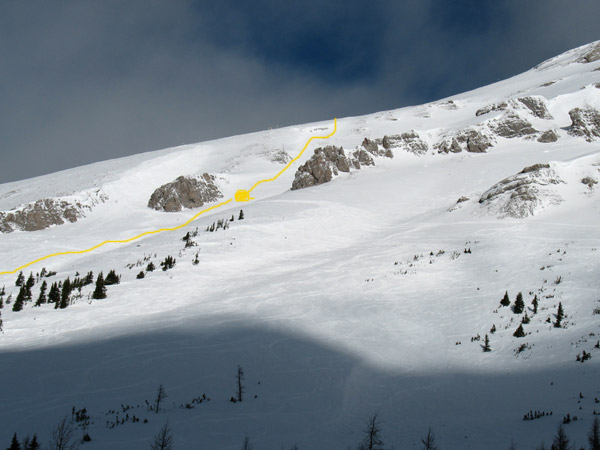First of all, I would like to thank all the people that are supporting me and other Canadian team members in our efforts to represent Canada at the world skimo racing scene this season. Without you it would be very close to impossible. Thank you very much.
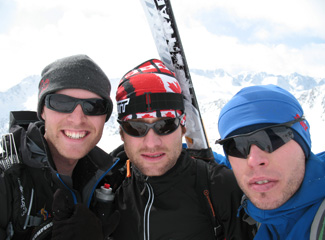
The journey’s primary objectives are the World Ski Mounatineering Championships in Andorra, and a four day stage race in France – Pierra Menta. And learning…
Three of the five – James Minifie, Alex Wigley and I – switched a plane in London to eventually land in Barcelona.
Julie Matteau and Jeff Colvin continued to attend a skimo training camp in Sicily (Italy) where they joined other team members.
The travels were tiring, however, I felt a certain privilege to “visit” three Olympic cities in less than 13 hours:
- We flew from Vancouver BC where the 2010 Winter Olympics are in a full swing.
- Switched planes in London that will host the next Summer Olympics in 2012.
- And landed in Barcelona where Canada captured 7 gold, 4 silver and 7 bronze medals during the 1992 Summer Olympics.
Culture shocks
Liking the culture, not so much the civilization.
Living in Canada for almost 9 years now, and going back to Europe only occasionally past few years, I caught myself being somewhat depressed by seeing that humans managed to leave their mark at every spot over the old continent by now.

And then there was James, who lives up at Yukon’s White Horse, getting awestruck by not being able to see backcountry past the last chairlift. Simply, more and more chairlifts followed.
But all three of us sure like the food, architecture and the spontaneity with which people great everyday here. And yesterday, all turned a corner when we went to check out the individuals race course :).
Race engines tune ups

But yesterday, after a first full-night sleep, we caught a taxi ride up the valley to Grau Roig to check out the course for the World Championships’ individual race that will take place on Wednesday, March 3rd.
Once on skis, we were all shining with big smiles as we reached the real backcountry in just about 30min of skinning.
In the process we got passed by a couple of Spanish Team members that were practicing their furious stride frequency in Pierre Gignoux carbon boots.
However, they stopped for a moment to great us and once I recognized one of them (I met Manu Perez a couple of years ago at Whistler) they showed us the way and offered us to join them. Even though the offer was exciting we decided to stick to our acclimatization plans and let the fast deers run…and of course to break trail for us.
Few moments later we were treated to being past by Mireia Miro, top caliber female skimo racer, and one think became very clear – in Europe, even if you have carbon F1 boots you can look a like a tourist :).
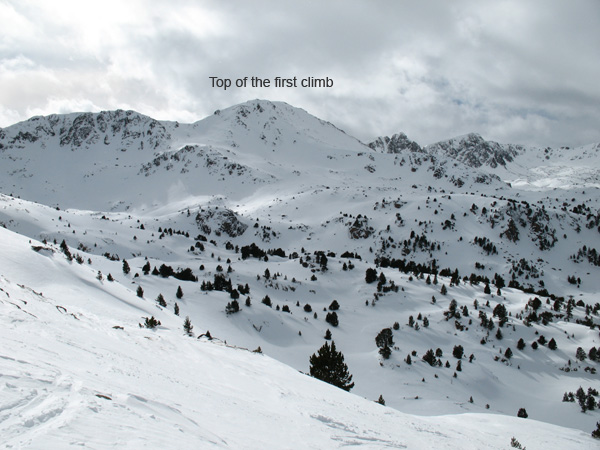
95% of the individual race course is in the backcountry with avalanche debris covering couple spots of race course. Based on what we saw, it will be an amazing venue for a skimo race with lots of technical sections whether on the uphills or downhills.
» You can see more pictures from this day and the course at Alex’ Ski Theory blog.
Big traverse plans
Since I have yet to meet a Canadian that would look at a topo map without connecting glaciers, cols and ridges for possible traverses all three of us studied the map of Andorra at some point since leaving Barcelona.
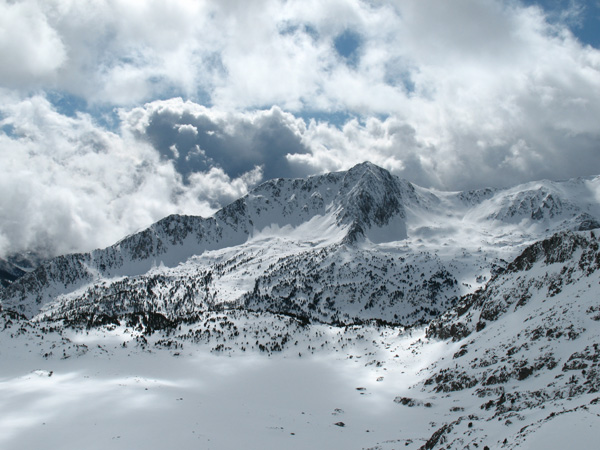
Based on the map we have it looks very possible to gain ridges (about 2300m) above the Andorran capital Andorra la Vella (1300m) via summer hiking trails.
Then in a clockwise direction follow the ridges and high plateaus (between 2000-2900m) that create a natural border between Andorra and its neighbors – Spain and France.
And the coolest thing about this traverse is that the whole Andorra state fits easily on a 90×90 cm map in 1:40 000 resolution.
Plans for next few days
Plans for the immediate future involve good rest, some race gear shopping (which can be endless in Andorra – a tax free zone and plenty of gear to choose from) and reconnoitering the team’s race course tomorrow.
Besides that, we will try to meet as many fellow racers as we can, learn from them and once home share it all with you.
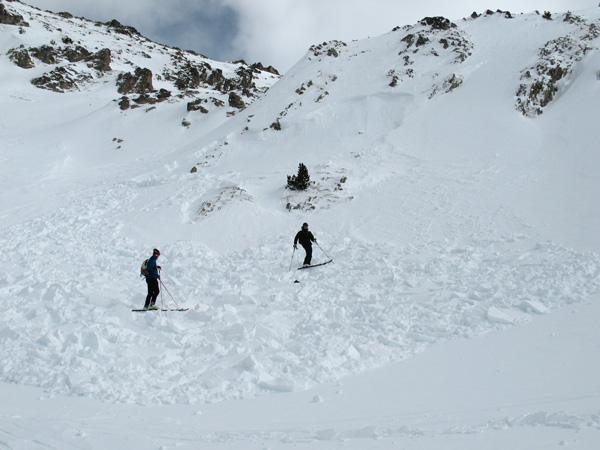


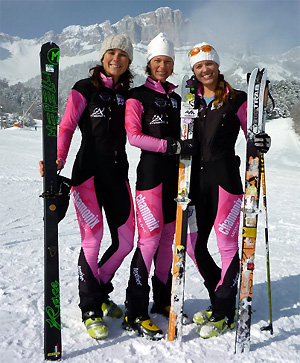
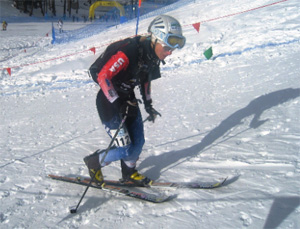
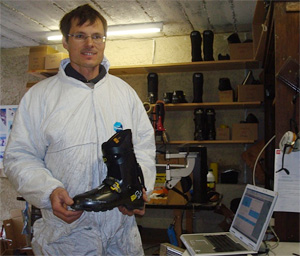
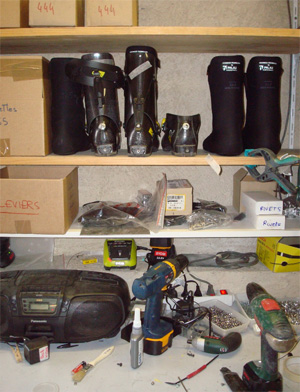
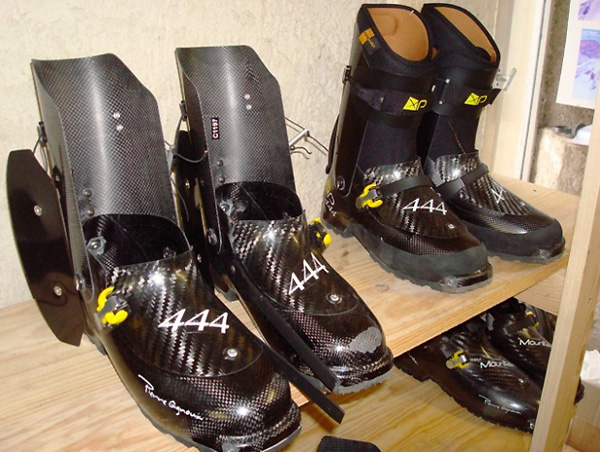
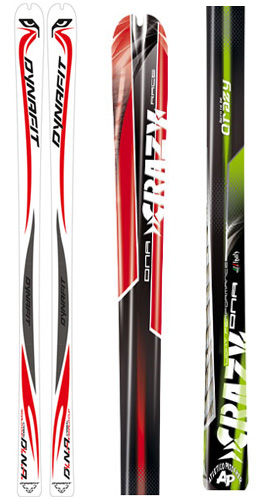 Without even comparing the model names (DNA Race and DNA Race) the similarities are pretty obvious.
Without even comparing the model names (DNA Race and DNA Race) the similarities are pretty obvious.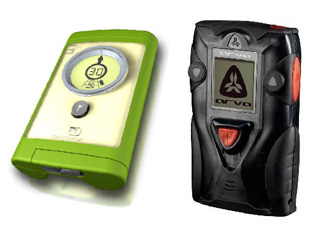
 Recently, ARVA purchased or is licensing W-Link broadcast technology from Mammut which uses a second frequency (W-Link frequency: 868 / 915 MHz) for additional data transfer between Mammut Pulse beacons.
Recently, ARVA purchased or is licensing W-Link broadcast technology from Mammut which uses a second frequency (W-Link frequency: 868 / 915 MHz) for additional data transfer between Mammut Pulse beacons.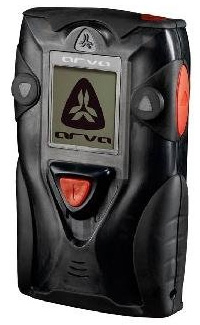 Party of five gets caught and three persons are buried under the snow, the other two starts searching. As searcher “A” flags (marks) a found victim searcher’s “B” beacon receives this info and flags it too. So now both searchers know there is only two more to be found.
Party of five gets caught and three persons are buried under the snow, the other two starts searching. As searcher “A” flags (marks) a found victim searcher’s “B” beacon receives this info and flags it too. So now both searchers know there is only two more to be found.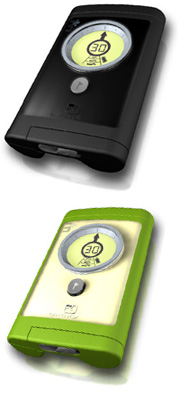 Apart from a very nice design and a use of only one AA battery, which makes the beacon very small and light, Ortovox 3+ will introduce a feature that helps others to search for itself!
Apart from a very nice design and a use of only one AA battery, which makes the beacon very small and light, Ortovox 3+ will introduce a feature that helps others to search for itself!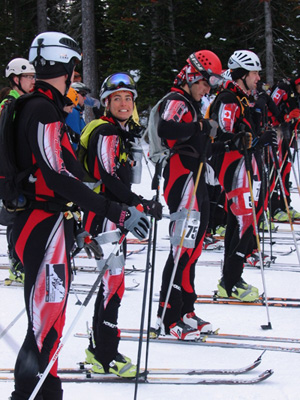
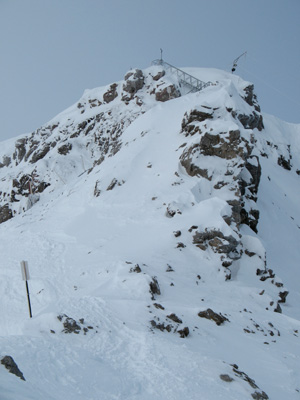
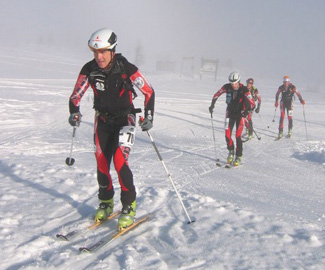
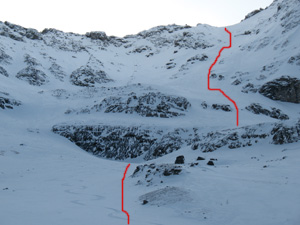
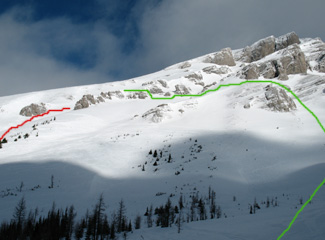
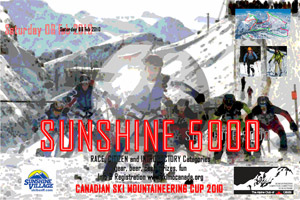 There are two courses ready for you – one shorter less challenging and one long that also includes a descent of Delirium Dive run.
There are two courses ready for you – one shorter less challenging and one long that also includes a descent of Delirium Dive run.